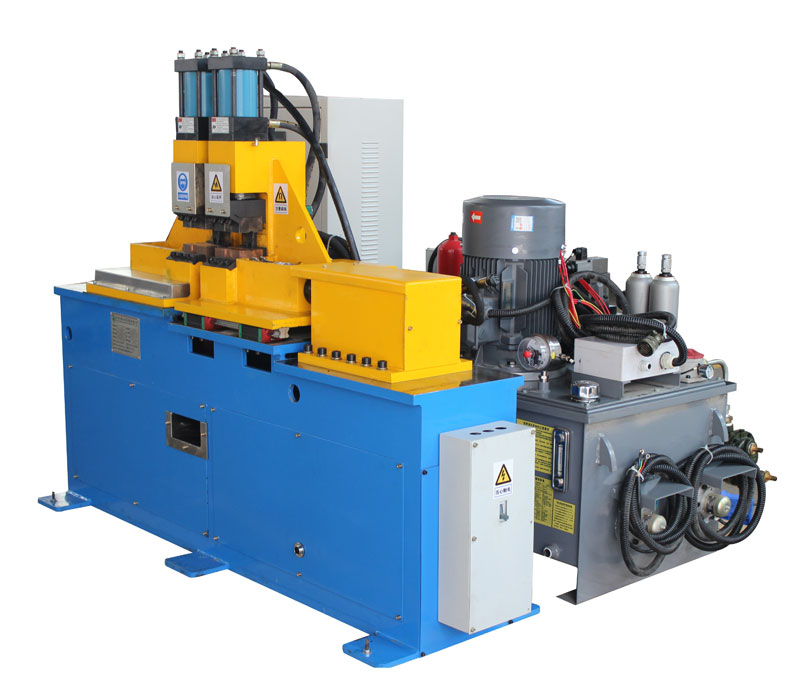- Home
- News
- Influence of Metal Material Properties on the Welding Quality of Flash Butt Welding Machines
Influence of Metal Material Properties on the Welding Quality of Flash Butt Welding Machines
Welding is a fundamental process in the realm of metal fabrication, serving as a linchpin in the production of various structures and components. One of the pivotal techniques employed in the welding industry is flash butt welding, a method that hinges on precision, consistency, and a deep understanding of the materials involved. In this article, we delve into the profound impact of metal material properties on the welding quality of flash butt welding machines.
Flash butt welding, often referred to as resistance butt welding, is widely employed in the manufacturing sector due to its ability to create robust, high-quality welds. However, the successful execution of this process is contingent upon several critical factors, and the characteristics of the metal materials being joined play a central role.
- Conductivity: The electrical conductivity of a metal material is a significant factor affecting flash butt welding. Metals with high electrical conductivity, such as copper and aluminum, tend to weld more smoothly, as they facilitate a more efficient transfer of electrical energy. This, in turn, leads to better fusion and a reduction in defects.
- Thermal Conductivity: The thermal conductivity of a metal influences heat distribution during welding. Materials with high thermal conductivity, like copper, help dissipate heat evenly, preventing localized overheating and thermal distortion in the welded area.
- Melting Point: The melting point of a metal affects the welding process. Materials with significantly different melting points may pose challenges during flash butt welding, as achieving proper fusion becomes more intricate.
- Surface Condition: The condition of the metal surfaces being joined is paramount. Clean and well-prepared surfaces are essential for a successful flash butt welding operation. Surface contaminants, such as rust, scale, or dirt, can impede the welding process and compromise the quality of the weld.
- Material Composition: The chemical composition of the metal materials plays a crucial role in the weld’s quality. Compatibility between the materials in terms of composition is essential to ensure a strong, reliable bond.
- Material Thickness: The thickness of the materials being welded impacts the welding parameters. Flash butt welding machines need to be adjusted to accommodate variations in thickness for a consistent and high-quality weld.
In conclusion, the quality of flash butt welding is intrinsically linked to the properties of the metal materials involved. Welders and manufacturers must carefully consider the conductivity, thermal conductivity, melting point, surface condition, composition, and thickness of the materials to ensure the desired welding results. By understanding and optimizing these factors, one can harness the full potential of flash butt welding machines and produce strong, durable welds, ultimately contributing to the reliability and performance of the final product.
